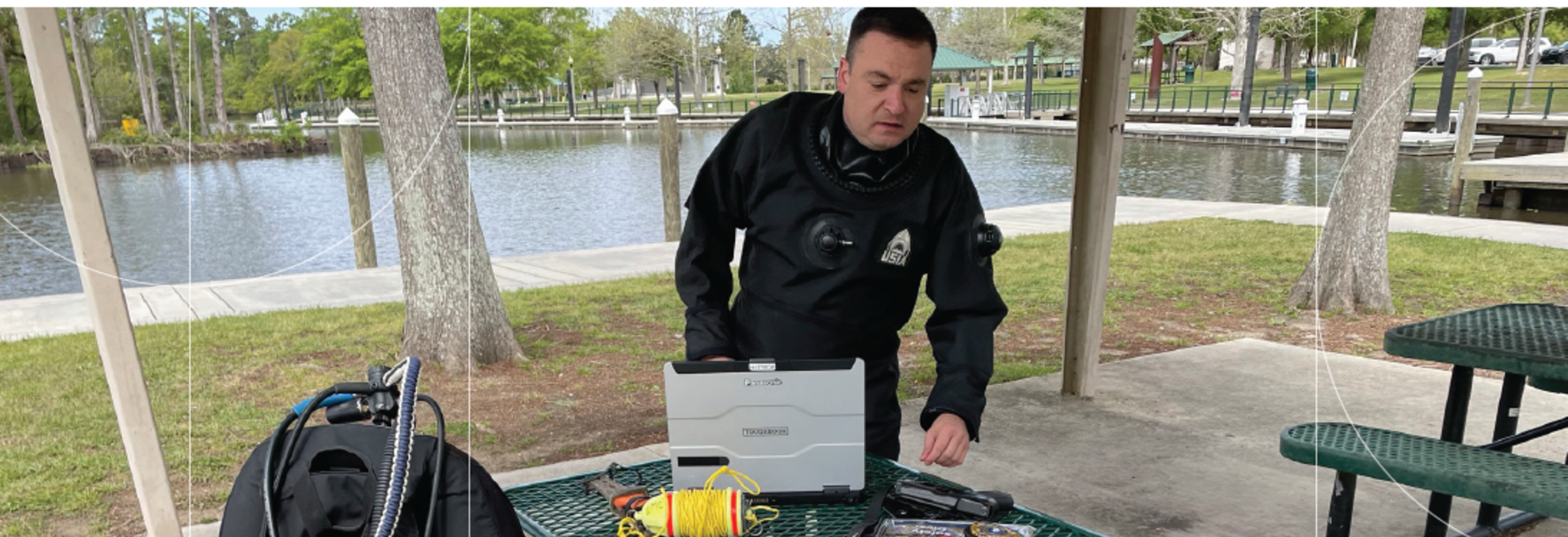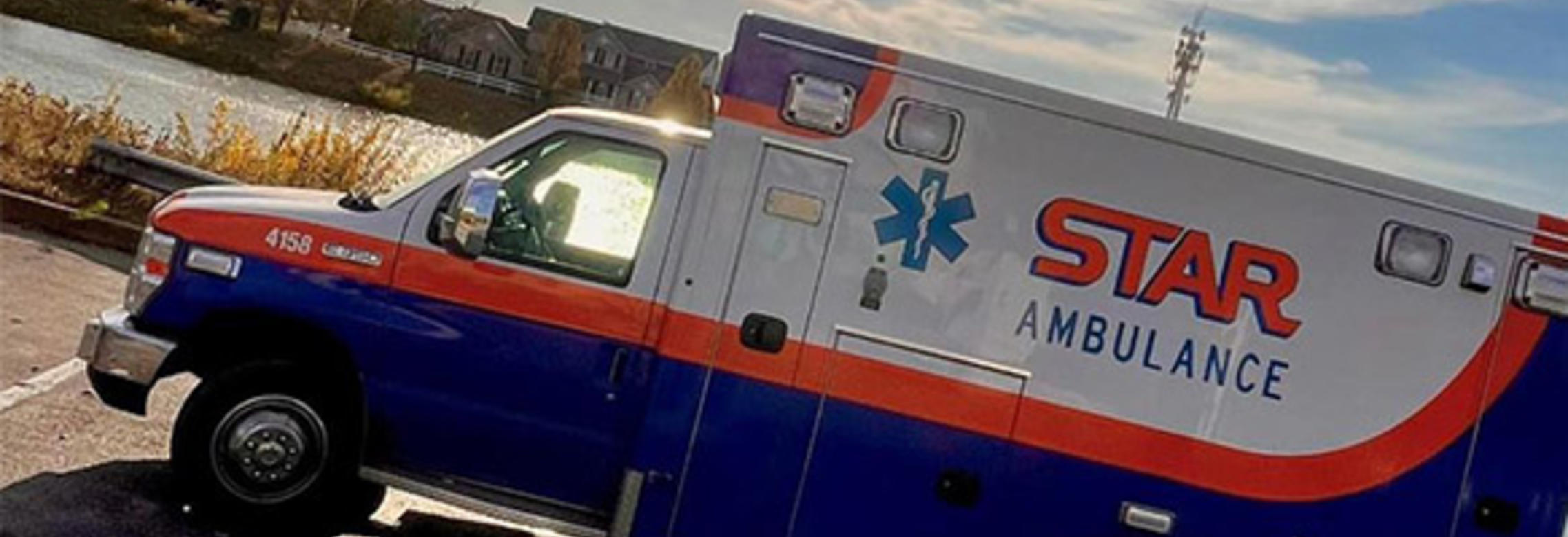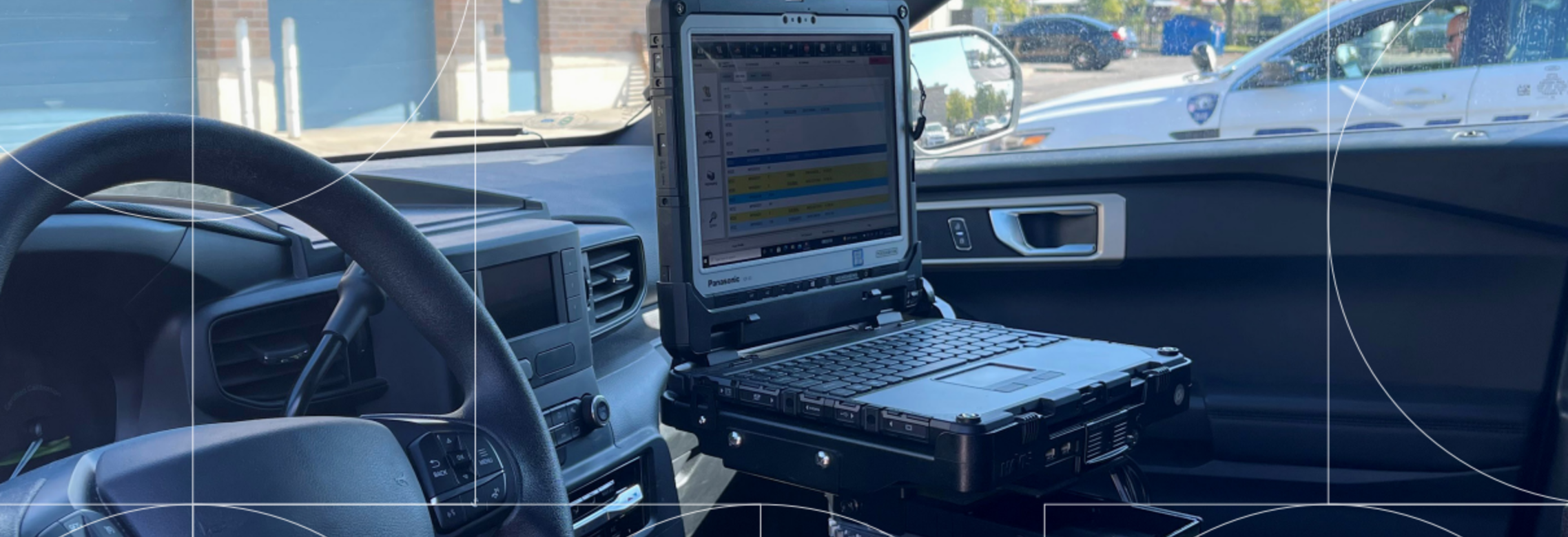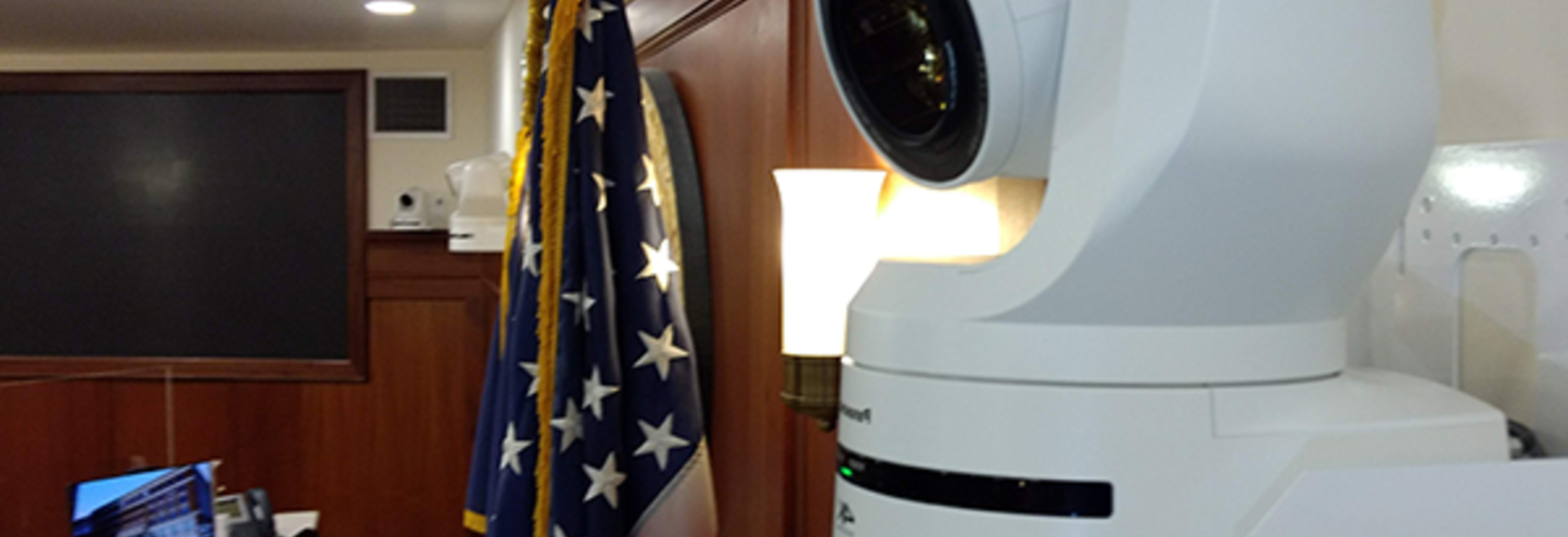Houston Fire: The Ethan Project

Houston revolutionizes 911 emergency response with TOUGHPAD-based Ethan project
An estimated 240 million calls are made to 911 in the United States each year.1 Some of those calls involve medical issues that do not qualify as a true emergency and can be addressed during an appointment with a healthcare provider later that day or the next day.
These low-acuity calls often lead to unnecessary trips in ambulances, longer wait times in emergency rooms and the use of emergency response professionals' time that could be spent helping patients in greater need.
This is a challenge for every community throughout the country, and Houston, Texas, is no exception. As the fourth-largest city in the country, Houston responds to about 800,000 911 calls each year from residents throughout its 600-square-mile city.
To help alleviate the strain on these critical resources, the Houston Fire Department, in collaboration with the Houston Department of Health and Human Services, recently implemented an innovative new solution that is transforming the way emergency professionals respond to low-acuity 911 calls. Using a Panasonic TOUGHPAD® rugged tablet on the Verizon Wireless 4G LTE network, Houston Fire's ETHAN Project has been successful in avoiding costly ambulance trips and ER visits in 80 percent of the cases it was utilized.
Challenges
Reduce the number of ambulance trips and emergency room visits for low-acuity patients in Houston—a serious issue that puts undue strain on the sprawling city's first responder and healthcare systems.
Solutions
The Houston Fire Department implemented an innovative new solution employing a Panasonic TOUGHPAD® rugged tablet on the Verizon Wireless 4G LTE network. Using the tablet, patients can be evaluated by a physician via videoconference when appropriate.
Results
Houston Fire's ETHAN Project has been successful in avoiding costly and unnecessary ambulance trips and ER visits in 80 percent of the cases it was utilized.
The Ethan Project
In the past, a 911 call in Houston usually resulted in one thing—firefighters, EMTs and paramedics respond quickly to a patient's location, conduct a preliminary evaluation and transport the patient via ambulance to see a doctor in a nearby emergency room. In total, this process takes an average of just under an hour, not including time spent in the ER or time the first responders spend completing their reports and updating the patient's medical records. That means that when a patient calls 911 for a non-emergency, the ambulance responding to the call is unavailable for at least an hour and is unable to respond to other calls that might be much more urgent.
The ETHAN (Emergency TeleHealth and Navigation) Project employs the latest mobile computing technology to change that. Now, during non-life-threatening situations, when appropriate, Houston Fire first responders utilize TOUGHPAD FZ-G1 rugged tablets to set up a teleconference between the patient and a trained emergency medicine physician over a dependable Verizon Wireless mobile broadband connection. By reviewing the patient's vital signs remotely and asking the patient a series of questions, the physician can make an informed determination whether a trip to the ER in an ambulance is truly needed. If not, the physician can help the patient make an appointment to see a doctor later that day or the next.
In the first six months of the program, about 1,200 patient encounters were done remotely via TOUGHPAD, Gonzalez said. He added that response from both patients and first responders has been overwhelmingly positive, and he is fielding calls from communities across the country looking to implement their own version of the program.
TOUGHPAD-Based Solution
The ETHAN Project may not have been possible without the TOUGHPAD FZ-G1—a fully rugged, Windows tablet engineered to operate flawlessly in every environment. Not only is the lightweight TOUGHPAD built to handle the bad weather, drops, spills, vibration and extreme temperatures that are part of a first responder's daily life, it also offers features like a daylight-readable touchscreen, reliable battery and enterprise-grade security. The tablets are a favorite in the emergency medical services field and in fact, Houston Fire already used the device before the ETHAN Project was implemented.
"The project was created with a consumer grade solution in mind, but that turned out to be not such a great idea," Gonzalez said. "It was something additional for our EMS and fire crews to carry, and it just wasn't built for this purpose. We field tested a few devices and they got destroyed in about a week."
Integrated 4G LTE connectivity from Verizon makes the TOUGHPAD the ideal platform to run the Cisco Jabber application that doctors use to connect with patients. The TOUGHPAD also meets Houston Fire's other requirements: Since the video encounters between doctors and patients are treated as medical records, the solution must be secure and HIPAA compliant, and each videoconference must be able to be easily archived.
In the beginning stages of the ETHAN Project, Panasonic was much more than a hardware vendor, Gonzalez added. The company also helped the program secure grant funding, and Panasonic field engineers were "intimately involved" in helping the department's IT staff with the massive deployment of tablets.
With the program's rollout underway, Houston Fire is looking forward to a new phase of the ETHAN Project, which may include giving doctors the flexibility to take calls from any location (currently, they take calls from a fixed central location).
"For a long time, the city had been grappling with the issue of 911 calls for low acuity reasons," Gonzalez said. "This is the first program of its kind, and the first time that we've given staff the capability to do something immediately at the source of the problem."



